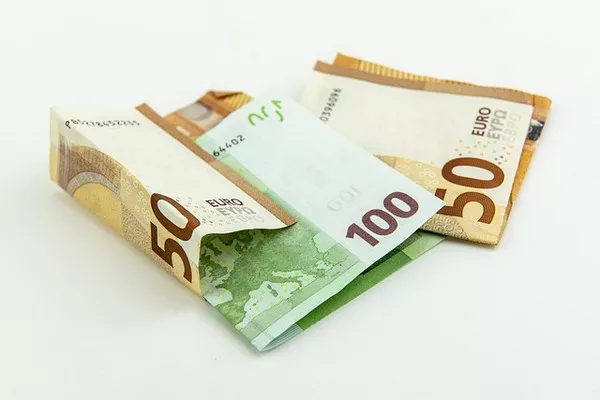On Wednesday, the EUR/GBP cross continued to trade in positive territory for the fourth consecutive day, hovering around 0.8565. This uptrend is attributed to the growing anticipation that the Bank of England (BoE) will reduce its borrowing costs in June, exerting downward pressure on the Pound Sterling (GBP).
BoE Governor Andrew Bailey’s recent remarks suggest that with further signs of cooling inflation, the UK economy is inching closer to the point where the central bank could initiate interest rate cuts. Similarly, BoE interest-rate setter Jonathan Haskel echoed this sentiment, indicating that while rate cuts should be considered, they should be implemented cautiously, despite the positive news of declining headline inflation. Chancellor of the Exchequer, Jeremy Hunt, also hinted at the possibility of rate cuts as inflation nears its target.
Meanwhile, on the Euro front, European Central Bank (ECB) policymaker Robert Holzmann expressed openness to a rate cut in June but emphasized the need for more supportive data before any decision is made. Yannis Stournaras, another ECB policymaker, suggested the potential for rate cuts totaling 100 basis points this year, although consensus within the Eurozone’s central bank remains elusive.
Carsten Brzeski, an economist at ING, highlighted that wage developments are pivotal, and unless the economy experiences a significant downturn, the ECB is likely to maintain a restrictive policy stance, awaiting further evidence from economic data. This less dovish stance from the ECB may strengthen the Euro (EUR) against the GBP, providing support for the EUR/GBP cross.
Later on Wednesday, the preliminary Eurozone Harmonized Index of Consumer Prices (HICP) for March is set to be released. A report indicating easing inflation in the Euro area for March could fuel expectations of ECB rate cuts, potentially weighing on the EUR.


